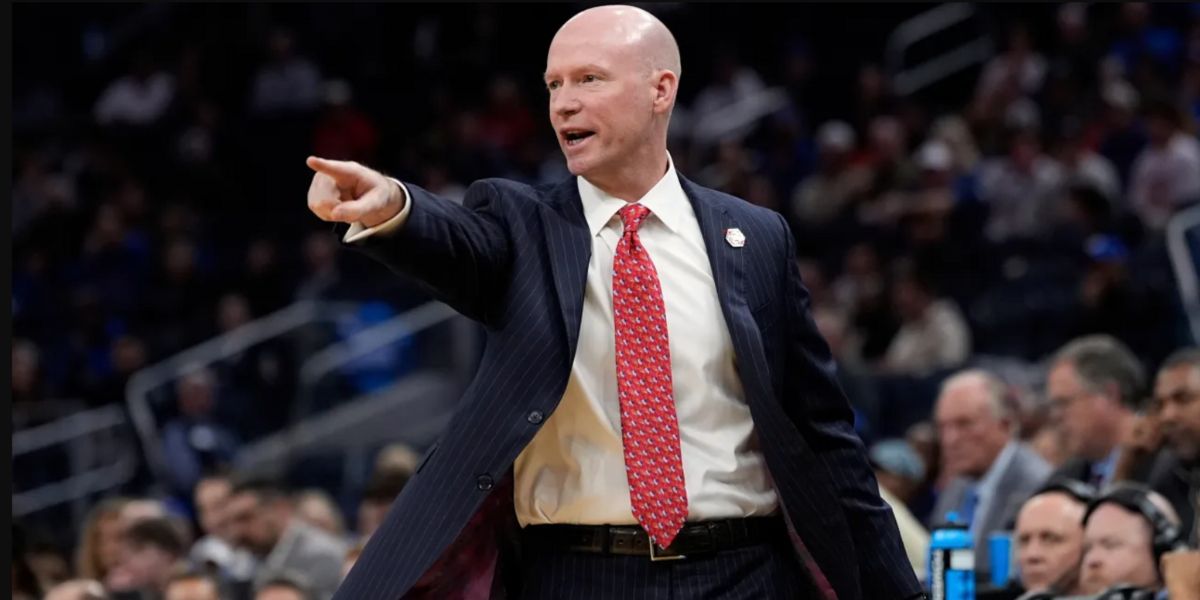Kevin Willard’s Exit Highlights College Basketball’s New Business Model

With Maryland’s 87-71 loss to Florida in the Sweet Sixteen, the Terrapins wrapped up a successful season that included the most wins (27) and deepest NCAA Tournament run (Sweet 16) since the 2015-2016 season. The loss also put a cap on head coach Kevin Willard living out every disgruntled employee’s dream scenario. In case you missed it, Willard’s pre-NCAA Tournament press conference began nicely enough, but quickly spiraled into contract talk.
- Kevin Willard criticized Maryland’s athletic department right before the NCAA Tournament.
- Despite the controversy, he led the team to its best season in nearly a decade.
- Willard took the Villanova job shortly after Maryland's tournament exit.
- The chaos reflects broader trends in college basketball: NIL deals, transfer portal surges, and AD job shifts.
- College basketball is increasingly driven by business decisions over on-court performance.
At the Time: Willard Not Entirely Happy at Maryland
Willard, who had been linked to multiple open coaching jobs, most notably at Villanova, took the time to vent about his displeasure with the athletic department’s spending and support of the program, made public his back-and-forth with current Athletic Director Damon Evans – who is in talks to take the same position at Southern Methodist University, and was noncommittal about returning to Maryland as its head coach next season. While Willard created a media and fan frenzy with his comments, he held all the cards with his team in the tournament. And with two wins, including a buzzer-beater in the second round against Colorado State, he added to his bank account with incentive bonuses. In all, for a week, Willard lived every short-timer’s dream: talk bad publicly about your boss and employer, get paid while doing it, and have zero repercussions. He capped it off by finally making the jump and taking the Villanova job on March 30.
Willard’s Contract Wasn’t the Only One Being Negotiated
Willard’s noncommittal attitude towards coaching Maryland for a fourth season and beyond ultimately struck a negative cord with the Maryland faithful, who have watched the athletic department struggle to stay financially relevant since its days in the ACC. And it ultimately provides a cherry on top for a week that has very quickly become more about business transactions and less about the action on the court. The NCAA transfer portal opened on Monday, March 24, just days before the beginning of the Sweet Sixteen. Within hours, over 1,000 players had entered the portal. That’s nearly three players for every Division I program. The Kentucky coaching staff accepted a commitment from former Tulane forward Kam Williams just hours before the Wildcats’ Sweet Sixteen matchup with SEC rival Tennessee. While transfer portal recruitments have moved much faster in the NIL era, this year’s version is moving at hyperspeed as schools try to lock in as many NIL deals as possible before April 7, when a House settlement will make all NIL deals public and on the books.
Negotiations, Not Nets: The Real March Madness
College basketball is evolving fast — and the game itself is no longer the main attraction. In-season negotiations are the norm. Programs are now juggling team building, NIL dealmaking, and administrative shakeups all while the season is still underway. Willard’s exit, mid-tournament recruiting moves, and shifting power dynamics all signal that the true madness in March isn’t just on the court — it’s in the boardroom, too.
Please note that some links in this article may be sponsored or contain affiliate content.
